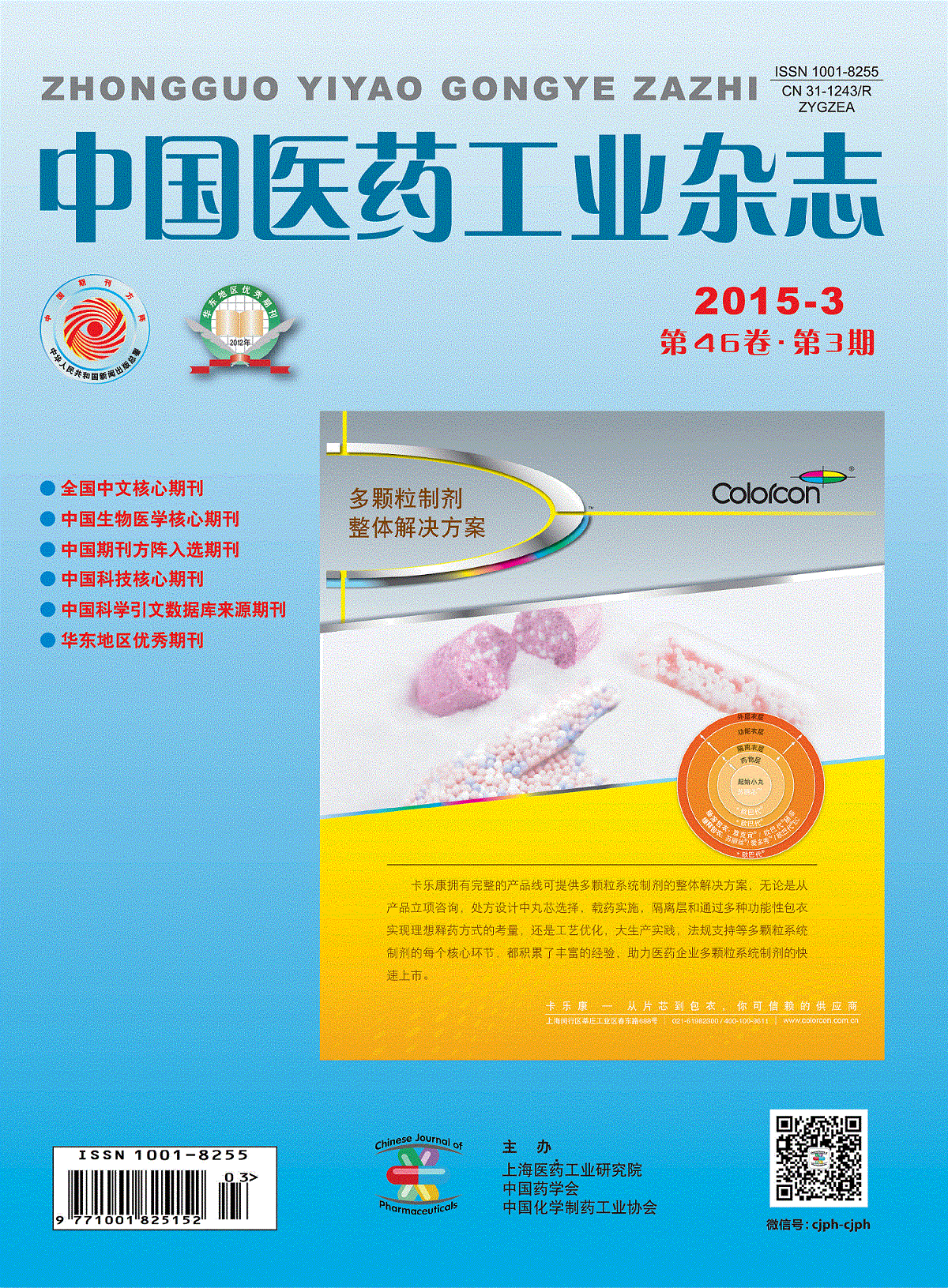LIU Qingqing, YU Yongguo, HAI Li, GUO Li, WU Yong*
2015, 46(3): 233-237.
Ulipristal acetate was synthesized from 3,3-(ethylenedioxy)estra-5(10),9(11)-diene-17-one via acetylene addition, reaction with benzenesulfenyl chloride, debenzenesulfinyl reaction, rearrangement, carbonyl-protection to give 3,3:20,20-bis(ethylenedioxy)-17α-hydroxy-19-norpregn-5(10),9(11)-diene (7), followed by epoxidation with hexafluoroacetone as catalyst to obtain 3,3:20,20-bis(ethylenedioxy)-17α-hydroxy-5α,10α-epoxy-19-norpregn-9(11)- ene, which was subjected to Grignard addition, deprotection and acetylation with an overall yield of 23.1% and an HPLC purity of 99.8%. The optimized process had several advantages, such as low cost, short production period and simple operations.
